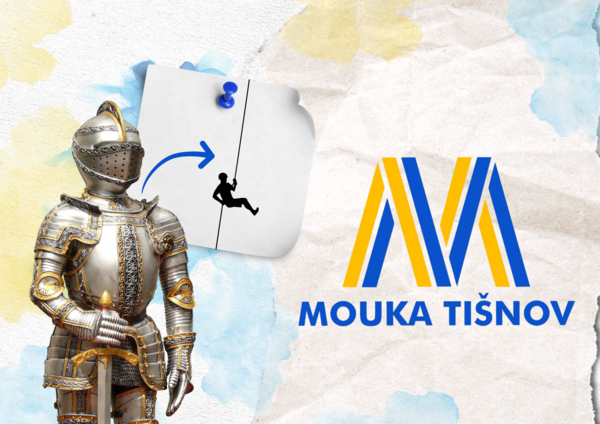The history of webbing straps: From ancient ropes to a modern necessity
When you hear the words "webbing strap", what comes to mind? Perhaps a backpack on your shoulders, a seatbelt in your car, or gear for rock climbers. But did you know that straps have been around for thousands of years? Their history is a fascinating story of development and innovation that we often take for granted. What role did they play in medieval battles and everyday life? Come take a look with us.
From natural fibers to the first webbing straps
Since the dawn of humanity, people have sought ways to carry, tie, or secure objects. Early humans bundled branches, strips of leather, or plant fibers to create the first ropes. These primitive tools were used not only for making basic implements but also for transporting goods on rafts or constructing shelters.
Ancient civilizations such as the Egyptians, Greeks, and Romans perfected the craft of making ropes and webbing straps. They were vital in building monumental structures, moving goods, but also in warfare. In ancient China, webbing straps even carried a mark of prestige — the more intricate the patterns and the finer the materials, the higher the social status of the wearer.
Webbing straps also played a crucial role in agriculture — binding sheaves of grain, securing tools, or building bridges and temples. Thanks to them, many monumental structures have stood the test of time.
The middle ages: The reign of leather straps
In the Middle Ages, straps became a key element of everyday life. Knights used them to fasten armor, travelers to secure cargo on wagons, and craftsmen to create horse harnesses. Leather straps were a symbol of strength and durability — the stronger and more skillfully crafted, the more valuable they were.
Straps also served an aesthetic purpose. Decorative belts and girdles were often adorned with precious metals and stones, reflecting the wearer’s social status. Vikings used them to fasten shields and weapons, allowing for greater mobility in battle.
Straps in the battle of Agincourt (1415)
One of the most famous battles of the Middle Ages, the Battle of Agincourt, highlighted how crucial straps were in military strategy. English archers used woven straps not only to sling quivers of arrows but also to secure bows during marches. Without these simple yet effective straps, their mobility across the difficult terrain would have been significantly hindered.
The French heavy cavalry relied on massive leather harnesses to secure their armor and gear. However, in the treacherous muddy terrain, these very harnesses became a disadvantage — when knights fell, their heavy equipment often trapped them in the mud, contributing to a crushing defeat.
During castle sieges, straps and ropes were essential for operating siege machines like catapults. In naval battles, they helped secure equipment and weapons, and the quality of the ropes could determine the fate of an entire fleet.
Webbing straps and their legacy at Mouka Tišnov
Today, no modern equipment or work gear would be complete without precisely crafted straps. And that’s where we come in.
We carry on the long—lasting tradition of webbing straps manufacturing, continuing to innovate to meet the demands of today’s world. We produce strong, durable, and functional webbing straps — ones that would have held up in medieval battles but are designed to help people in everyday life and the most demanding industrial sectors.
Webbing straps are now present in nearly every aspect of life — from sports to heavy industry. While we may not always notice them, their quality and strength play a critical role in safety and efficiency across countless fields. At Mouka Tišnov, we are proud to continue this legacy, delivering straps built to withstand even the harshest conditions.
Which straps make your life easier? You may not always notice them — but could you imagine life without them?

